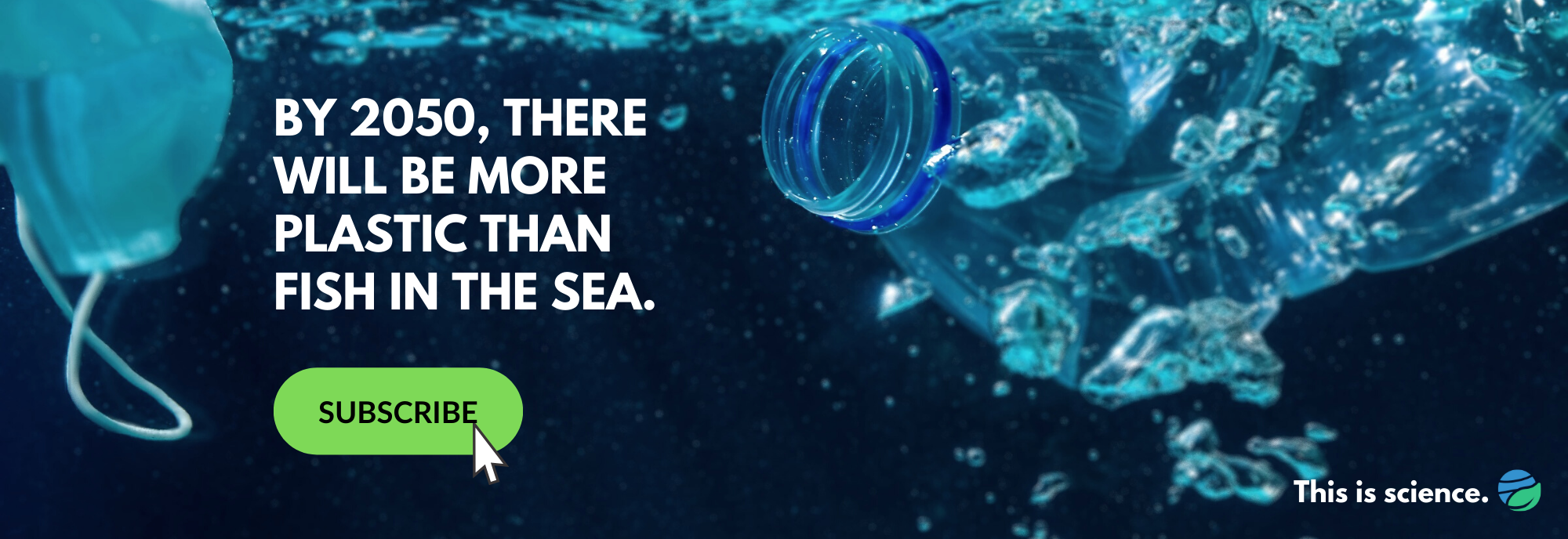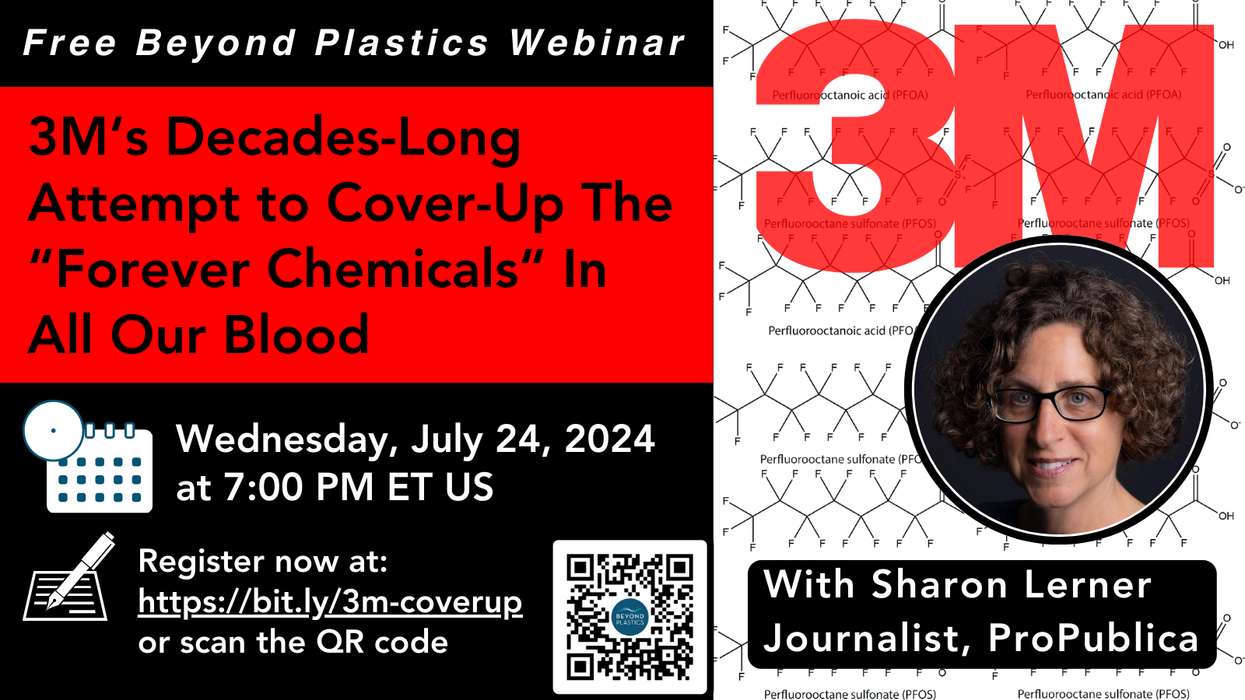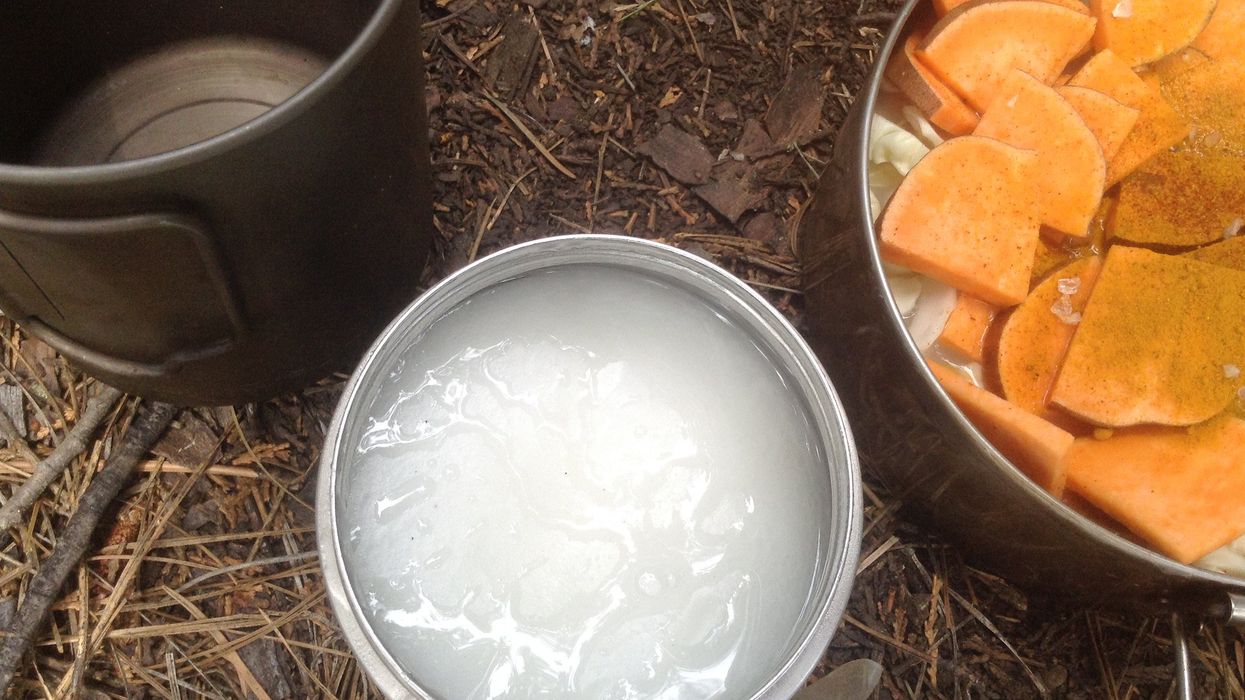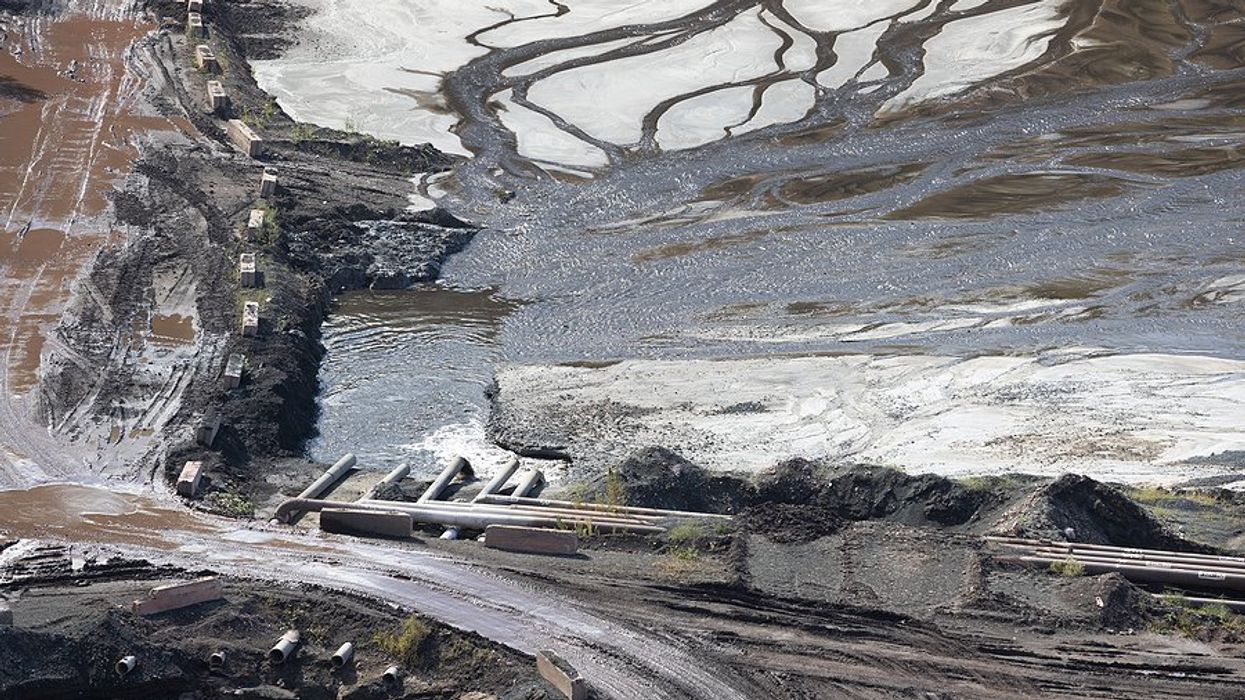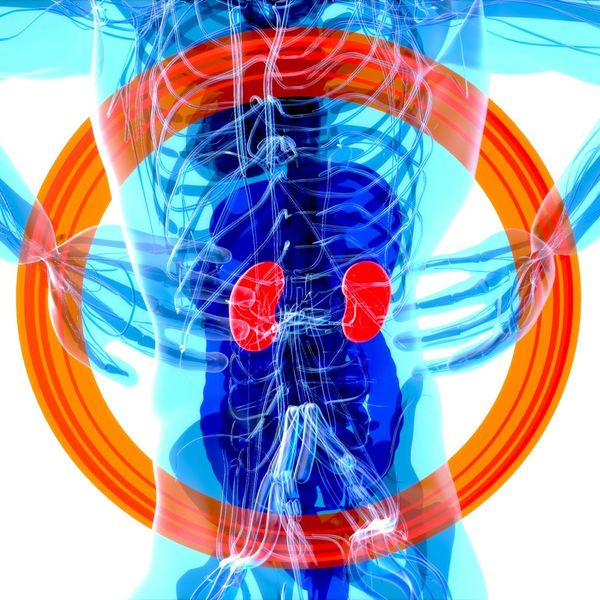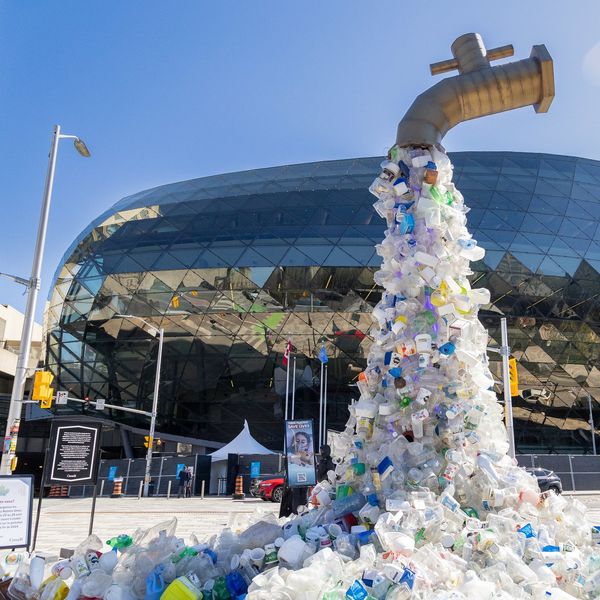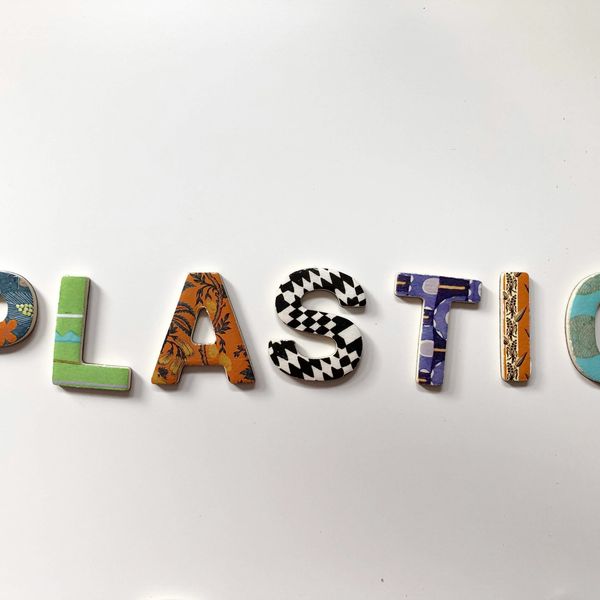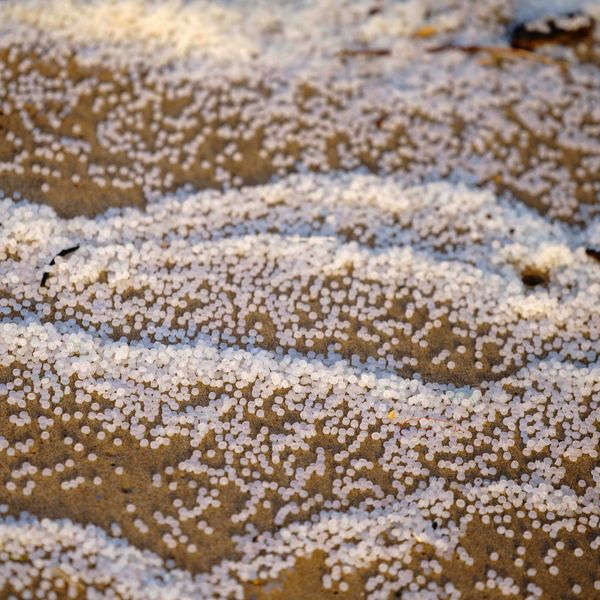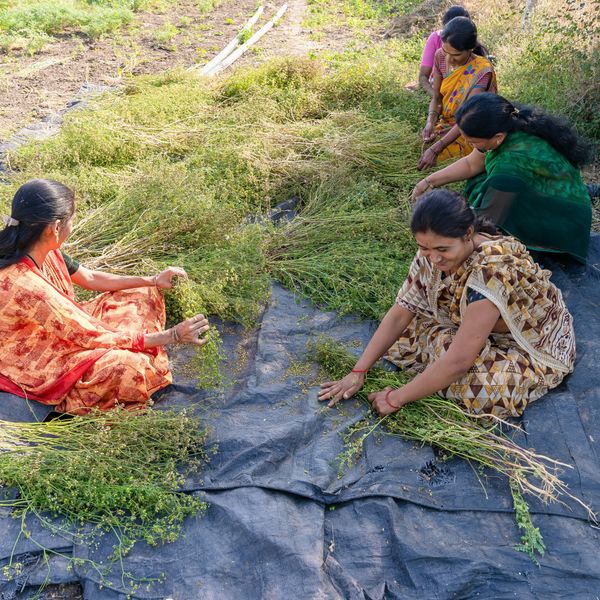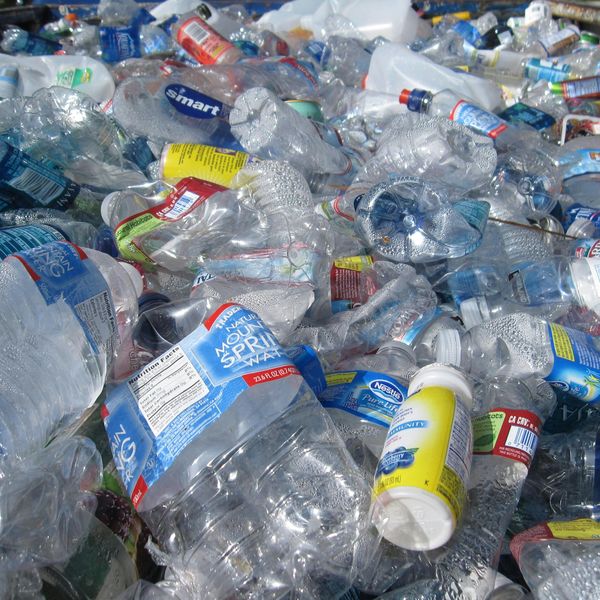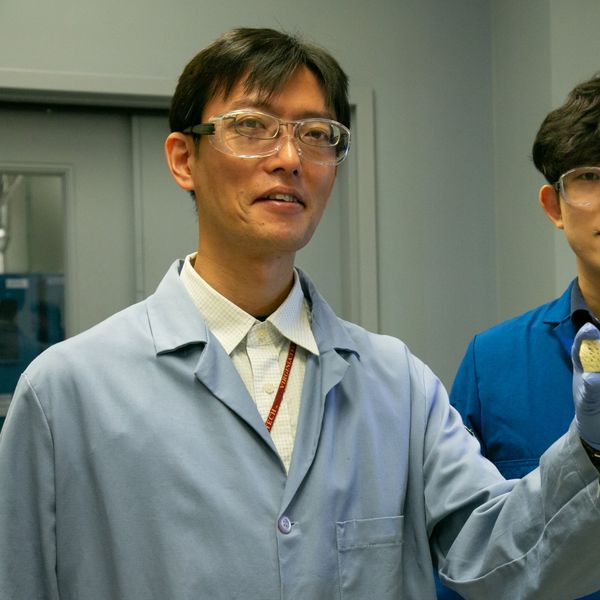From cell phones to bicycle helmets to IV bags, plastic has molded society in ways that make life easier and safer. But the synthetic material also has left harmful imprints on the environment and perhaps human health.
More than 60 scientists from around the world contributed to a 2009 report, the first to offer a comprehensive review of the impact of plastics on the environment and human health, and to present possible solutions.
"One of the most ubiquitous and long-lasting recent changes to the surface of our planet is the accumulation and fragmentation of plastics," wrote David Barnes, a lead author and researcher for the British Antarctic Survey. The report was published a special issue of Philosophical Transactions of The Royal Society B, a scientific journal.
As the scrutiny of the environmental toll of plastic increases, so has its usage, the scientists reported.
Plastic manufactured in the first 10 years of this century eclipses the total produced in the entire last century

Since its mass production began in the 1940s, plastic's wide range of unique properties has propelled it to an essential status in society. Globally almost 360 million tons of plastic were produced in 2018. The amount of plastic manufactured in the first ten years of this century will approach the total produced in the entire last century, according to the report.
"Plastics are very long-lived products that could potentially have service over decades, and yet our main use of these lightweight, inexpensive materials are as single-use items that will go to the garbage dump within a year, where they'll persist for centuries," Richard Thompson, lead editor of the report, said in an interview.
Evidence is mounting that the chemical building blocks that make plastics so versatile are the same components that might harm people and the environment. And its production and disposal contribute to an array of environmental problems, too. For example:
- Chemicals added to plastics are absorbed by human bodies. Some of these compounds have been found to alter hormones or have other potential human health effects.
- Plastic debris, laced with chemicals and often ingested by marine animals, can injure or poison wildlife.
- Floating plastic waste, which can survive for thousands of years in water, serves as mini transportation devices for invasive species, disrupting habitats.
- Plastic buried deep in landfills can leach harmful chemicals that spread into groundwater.
- Around 4 percent of world oil production is used as a feedstock to make plastics, and a similar amount is consumed as energy in the process.
People are exposed to chemicals from plastic multiple times per day through the air, dust, water, food and use of consumer products.
For example, phthalates are used as plasticizers in the manufacture of vinyl flooring and wall coverings, food packaging and medical devices. Eight out of every ten babies, and nearly all adults, have measurable levels of phthalates in their bodies.
In addition, bisphenol A (BPA), found in polycarbonate bottles and the linings of food and beverage cans, can leach into food and drinks. The U.S. Centers for Disease Control and Prevention reported that 93 percent of people had detectable levels of BPA in their urine.
High BPA and phthalate exposure by premature infants in neonatal intensive care units is 'of great concern'

Flickr.com
Polybrominated diphenyl ethers or PBDEs, which are flame-retardants added to polyurethane foam furniture cushions, mattresses, carpet pads and automobile seats, also are widespread.
The plastics industry maintains that its products are safe after decades of testing.
"Every additive that we use is very carefully evaluated, not just by the industry, but also independently by government agencies to look at all the materials we use in plastics," said Mike Neal, a consumer and environmental affairs specialist at PlasticsEurope, an industry trade association, and a co-author of the report.
But some of these chemicals have been shown to affect reproduction and development in animal studies, according to the report. Some studies also have linked these chemicals with adverse effects in people, including reproductive abnormalities.
"We have animal literature, which shows direct links between exposure and adverse health outcomes, the limited human studies, and the fact that 90 to 100 percent of the population has measurable levels of these compounds in their bodies," said John Meeker, an assistant professor of environmental health sciences at the University of Michigan School of Public Health and a lead author. "You take the whole picture and it does raise concerns, but more research is needed."
Shanna Swan, director of the University of Rochester's Center for Reproductive Epidemiology, conducted studies that found an association between pregnant women's exposure to phthalates and altered genital development in their baby boys.
Also, people with the highest exposure to BPA have an increased rate of heart disease and diabetes, according to one recent study. Animal tests studies of PBDEs have revealed the potential for damaging the developing brain and the reproductive system.
Yet the effects on human health remain largely unknown. To help shed more light on the issue, the report recommends more sophisticated human studies.
"It's tough to have a smoking gun with a single animal study or observational human study," Meeker said. "We need to have different types of studies indicating a consistent pattern to more definitively determine health effects resulting from these chemicals."
But testing humans for endocrine disruptors can be tricky because phthalates and BPA pass through the body so quickly. In addition, tests for each chemical cost about $100 a pop.
Deciding which chemicals to test and at what dose is also an issue. To date, most studies have addressed single chemicals, and there are limited data on the interactions between chemicals. Compounding the problem is the discovery that endocrine disrupting chemicals may have effects at doses lower than those used in the Environmental Protection Agency's standard toxicity tests.
Current testing efforts should be thrown out. The new goal? Tests that mimic real human exposure.

Amy Soto
"It's a very complicated picture and the laboratory model of just taking one isolated chemical and giving it to a genetically pure strain of rats in clean cages, clean air and clean water and seeing what it does just doesn't come close to mimicking the human situation," Swan said.
Many researchers recommend studies that test pregnant women as well as their children. The National Children's Study will do just that by examining environmental influences on more than 100,000 children across the United States, following them from before birth until age 21.
"There are so many questions now with these chemicals in relation to cardiovascular disease, age and puberty, obesity, developmental disorders," said Swan. "We don't know what's causing it, only hints, so the beauty of the National Children's Study is that we can look at all of these endpoints and it should reveal a lot of answers."
Plastic's problems extend beyond the human body, according to the report. More than one-third of all plastic is disposable packaging like bottles and bags, many of which end up littering the environment.
Although the image of a bird tangled in a plastic necklace is by now burned into the public's eye, ingestion of plastic fragments is much more common. Once inside, plastic can pack a one-two punch by both clogging an animal's stomach and poisoning it with chemicals that have concentrated in the plastic. Some chemicals are then transferred to the food web when animals eat them.
More than 180 species of animals have been documented to ingest plastic debris, including birds, fish, turtles and marine mammals, according to the report.
Unfortunately, collecting data on plasticizers' impacts on wildlife suffers the same pitfalls as studying human health. Still, there is already evidence that chemicals associated plastics might harm wildlife.
For example, laboratory studies have shown that phthalates and BPA affect reproduction in all studied animal groups and impair development in crustaceans and amphibians.
"While there is clear evidence that these chemicals have adverse effects at environmentally relevant concentrations in laboratory studies, there is a need for further research to establish population-level effects in the natural environment," according to the report.
Charles Tyler, a professor at the University of Exeter School of Biosciences in the United Kingdom and a senior author of the report, said that scientists have shown that "some of these chemical compounds are getting into the environment and are in some environments at concentrations where they can produce biological effects in a range of wildlife species."
Traveling from coast to coast, plastic can endure for thousands of years due to the reduced UV exposure and lower temperatures of aquatic habitats.
Barnes demonstrates plastic's mobility with his account of a plastic sighting during an expedition to the Amundsen Sea where he took biological samples, the first there ever. The Amundsen, located in the Pacific Sector of Antarctica, is the only sea in Antarctica with no research station on its coast and the nearest urban center thousands of miles away.
"Even for us, getting in was a challenge because there's so much ice and it's so difficult to get there," said Barnes. "But even in that remotest of environments, there was plastic floating on the sea surface.
Plastic also serves as a floating transportation device that allows alien species to hitchhike to unfamiliar parts of the world, threatening biodiversity. Global warming further aids the process by making previously inhospitable areas like the Arctic livable for invasive species, which can be detrimental to local species.
For example, plastic items are commonly colonized by barnacles, tubeworms and algae. Along the shore of Adelaide Island, west of the Antarctic Peninsula, ten species of invertebrates were found attached to plastic strapping that was littering the ice.
"Raising the temperature just one degree can make the difference between getting to someplace and actually surviving once you get there," said Barnes.
Plastic is so resilient that even burying it deep within the earth doesn't keep it from impacting the environment. Currently it accounts for approximately 10 percent of generated waste, most of which is landfilled. But, as the report notes, placing plastics in a landfill may simply be storing a problem for the future, as plastic's chemicals often sink into nearby land, contaminating groundwater.
Plastics as a major user of fossil fuels

In addition, production of plastics is a major user of fossil fuels. Eight percent of world oil production goes to manufacturing plastics.
As plastics grow in volume at a rate of about nine percent each year, the authors emphasize that tackling its problems means addressing its sustainability.
One solution is to treat plastic as a reusable material rather than as a disposable commodity that's quickly discarded. That means making plastic more easily recyclable from the get-go by using fewer materials in the manufacturing process and increasing recycling facility availability.
"The recycling message is simple; both industry and society need to regard end-of-life items, including plastics, as raw materials rather than waste," stated the report.
Increasing the availability of biodegradable plastic, which can be made from renewable materials from plants such as corn and soy, is another option.
"Biodegradable plastics have the potential to solve a number of waste-management issues, especially for disposable packaging that cannot be easily separated from organic waste in catering or from agricultural applications," according to the report.
However, currently production capacity for biodegradable plastics worldwide is around only 350,000 tons, representing less than 0.2 percent of petrochemical-based plastic. In addition, "most of these materials are unlikely to degrade quickly in natural habitats, and there is concern that degradable, oil-based polymers could merely disintegrate into small pieces that are not in themselves any more degradable than conventional plastic," stated the report.
To help mitigate the potentially harmful chemicals in plastics, the authors recommend that more studies be conducted on the biological mechanisms that may be affected by plastic additives and in particular, low-dose chronic exposures.
In the meantime, the report recommends reducing the use of these chemicals and developing safer alternatives, a strategy known as green chemistry.
"Had this approach been in place 50 years ago it would probably have prevented the development of chemicals that are recognized as likely endocrine disruptors," the report said.
The report also suggests that plastic waste can be reduced by using labels that allow consumers to choose packaging based on a lifecycle analysis that includes all components of the manufacturing process. For example, if the product were made of mostly recycled materials, used minimal packaging and could be easily recycled, it would get a green dot. If the product were made of excessive packaging that used a lot of virgin materials, it would get a red dot.
"Personally, I feel that's the way to do it, rather than a knee jerk reaction where legislation says we can't use certain types of plastic," said Thompson. "Having that information will help drive the system because I think consumers are keen to make the right choice when provided with all the information."
Neal of PlasticsEurope said consumers, not the industry, are responsible for making sure plastics don't wind up littering the environment.
"In my view the responsibility is fairly and squarely on the consumer," he said. "People tend to pick on plastics because perhaps it's the most visible form of litter and because it's lightweight so it can move around a bit, but actually it's only a small part of the litter problem."
A responsible way to help solve environmental problems

The authors said that if plastics are made and used responsibly, they can help solve some environmental problems.
For example, one study found that packaging beverages in PET (a type of plastic) versus glass or metal reduces energy use by 52 percent and greenhouse gas emissions by 55 percent. And, solar water heaters containing plastics can provide up to two-thirds of a household's annual hot water demand, reducing energy consumption.
Plastics, if used wisely, "have the potential to reduce mankind's footprint on the Earth," Thompson said.
Editor's note: This article was first published in July 2009 by EHN and updated February 2022. It is licensed under a Creative Commons Attribution-NonCommercial-NoDerivs 3.0 Unported License.
- We are living on a plastic planet. What does it mean for our health ... ›
- Plastic threatens our health from before production to long after it's ... ›
- The chemical BPA is widespread on beaches around the world - EHN ›
- Op-Ed: The pipe dream of sustainable plastics - EHN ›
- EHS' 2021 Annual report: Environment, climate, impact - EHN ›
- What is environmental health? - EHN ›
- The Titans of Plastic: plastics industry in Pennsylvania - EHN ›
- Lawsuits against the plastics industry for health and environmental harm could exceed $20 billion by 2030 - EHN ›
- Lawmakers push Biden administration to act faster on plastic pollution - EHN ›
- Every stage of plastic production and use is harming human health - EHN ›
- WATCH: You have questions about plastics, we have answers - EHN ›
- California avanza con una ley histórica de reducción de residuos plásticos - EHN ›
- California moves forward with landmark plastic waste reduction law - EHN ›
- Proposed bill seeks to ban single-use plastic foam products in US - EHN ›



